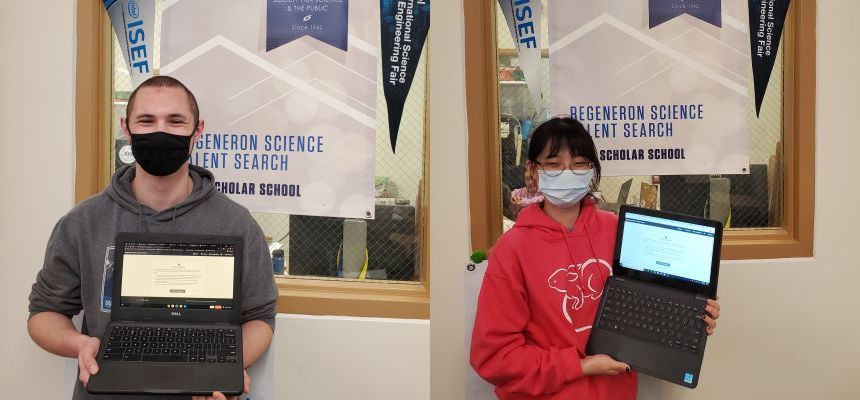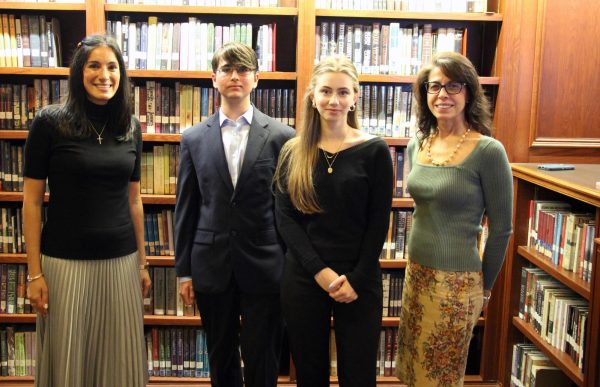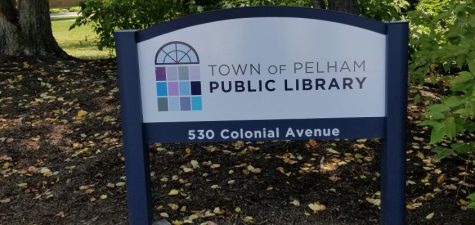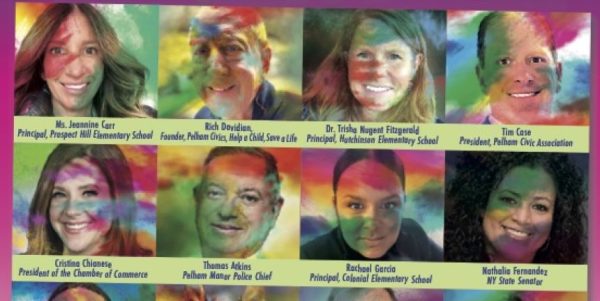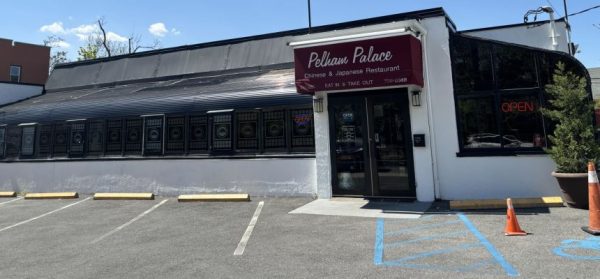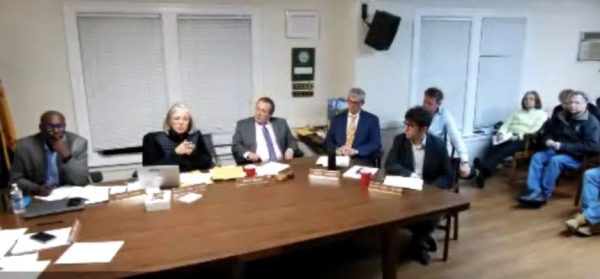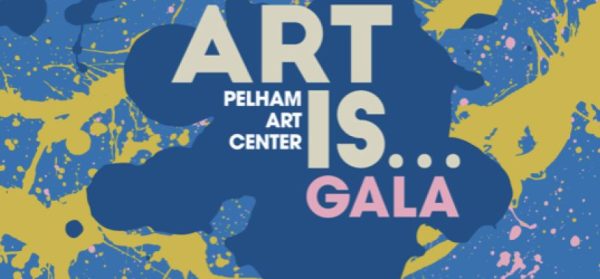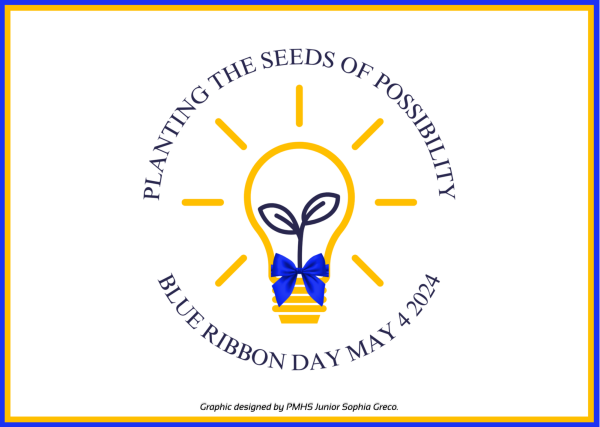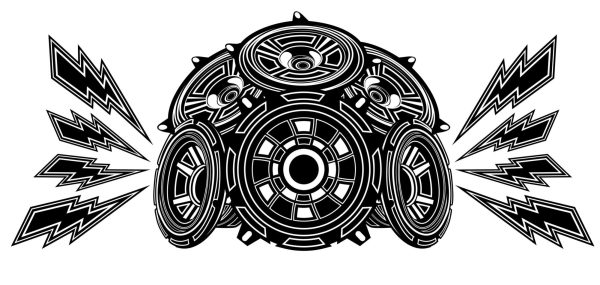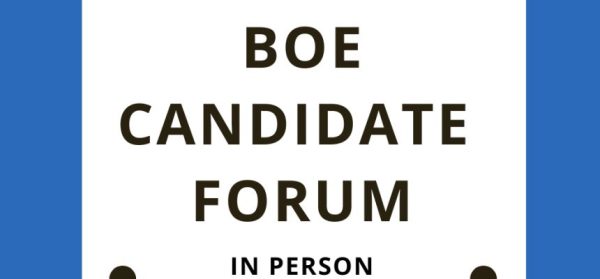PMHS seniors Kelly, Liu among top 300 Scholars in Regeneron talent search
Editor’s note: This press release was provided by the Pelham Union Free School District. The Pelham Examiner publishes press releases in the form received as a service to the community.
PMHS seniors Andrew Kelly and Ann Liu were recently honored among the top 300 Scholars in the 2022 Regeneron Science and Talent Search out of more than 1,800 applicants from 603 high schools across the U.S., Puerto Rico and eight other countries.
Scholars were chosen based on their exceptional research skills, commitment to academics, innovative thinking and promise as scientists as demonstrated through the submission of their original, independent research projects, essays and recommendation.
Andrew’s project, titled “The Purification of Oleic Acid and the Effect of Oleic Acid Purity on the Size of CdSe Nanocrystals” was selected in the Chemistry category and Ann’s project, “Investigating Strategies For Retinal Regeneration In Mammals Via A Meta-Analysis Of Single-Cell RNA Sequencing Datasets” was chosen in the Genomics category. The abstracts of each project are below.
“The Purification of Oleic Acid and the Effect of Oleic Acid Purity on the Size of CdSe Nanocrystals”
Colloidal semiconductor nanocrystals (QDs) are crystals that can be used in solar technologies to increase their efficiency. Oleic acid is used in the creation of these QDs. It is often necessary to use high purity oleic acid, as impurities can cause issues with QDs. Pure oleic acid can have unpredictable delivery times, thus a time efficient, in-lab purification to produce quality acid would be beneficial. Therefore, the purpose of this study is to adapt an existing oleic acid purification down to a gram scale for in-lab purification and determine the effects of purity on CdSe nanocrystals. It was found that lesser purity resulted in larger crystals created. The crystals made with lab and purchased purified oleic acid were nearly identical, indicating that the scaled down purification was effective in producing a replacement in case of delivery issues. No decomposition was detected in materials due to the low reaction temperatures utilized. The time efficiency (~2-3 days) and similar products produced with the lab purification make it a good alternative when experiencing supply chain issues. These findings provide insights into the alteration of CdSe crystals, which helps researchers to be effective in their work and leads to better nanocrystals for energy efficiency.
“Investigating Strategies For Retinal Regeneration In Mammals Via A Meta-Analysis Of Single-Cell RNA Sequencing Datasets”
Over 300 million people suffer from neurodegenerative retinal diseases, in which retinal cells progressively deteriorate and die. Since the human retina does not regenerate, the cell loss eventually causes incurable blindness. In contrast, zebrafish regenerate injured retinas with Muller glial cells through a process called reprogramming. By mimicking retinal regeneration in zebrafish using several strategies, researchers can partially stimulate retinal regeneration in mice. Additionally, reprogramming mouse Muller glial cells in each study are characterized using single-cell RNA sequencing, a cutting-edge technology measuring gene expression at a single-cell resolution. Despite these advances, complete retinal regeneration in mammals has never been achieved, and existing strategies have never been simultaneously compared. Here, I compared several strategies for mouse retinal regeneration via a meta-analysis of multiple single-cell RNA sequencing datasets and identified candidates for improvements. Besides confirming previous reports, my study generated novel findings: 1) Muller glial cells treated by the different strategies reprogrammed distinctly; 2) one strategy was more effective than the others; 3) a few candidate genes were identified to improve retinal regeneration in mice. Taken together, my findings provide further insight into the mechanisms underlying Muller glial cell reprogramming in mice, moving us a step closer to mammalian retinal regeneration.
“This is so exciting for our program,” said Science Research Teacher Steve Beltecas who leads the program along with Joe DiBello. “We are so happy for Andrew and Ann. Our students have not stopped working since the day we went virtual two years ago because of the Covid-19 lockdowns. Mr. DiBello and I are so proud of the entire program, especially the quality of work our Seniors and Juniors produced with their research papers and STS applications.”
Members of the community are invited to learn more about Pelham’s Science Research program and see students’ work at the virtual Senior Symposium at 6pm on January 26th, where you can watch all of our Science Research Seniors present the impressive research they have conducted through their years in the program. The Symposium will be held virtually on Wednesday, January 26th at 6pm.
About the Regeneron Science Talent Search
The Regeneron Science Talent Search provides students with a national stage to present original research and celebrates the hard work and novel discoveries of young scientists who are bringing a fresh perspective to significant global challenges. This year, research projects cover topics from tracking countries’ progress on Sustainable Development Goals to the impact of states’ individual COVID-19 responses, and improving the tools used to diagnose Alzheimer’s to analyzing the effects of virtual learning on education.



